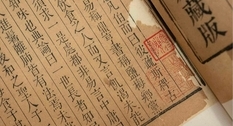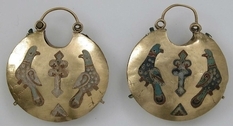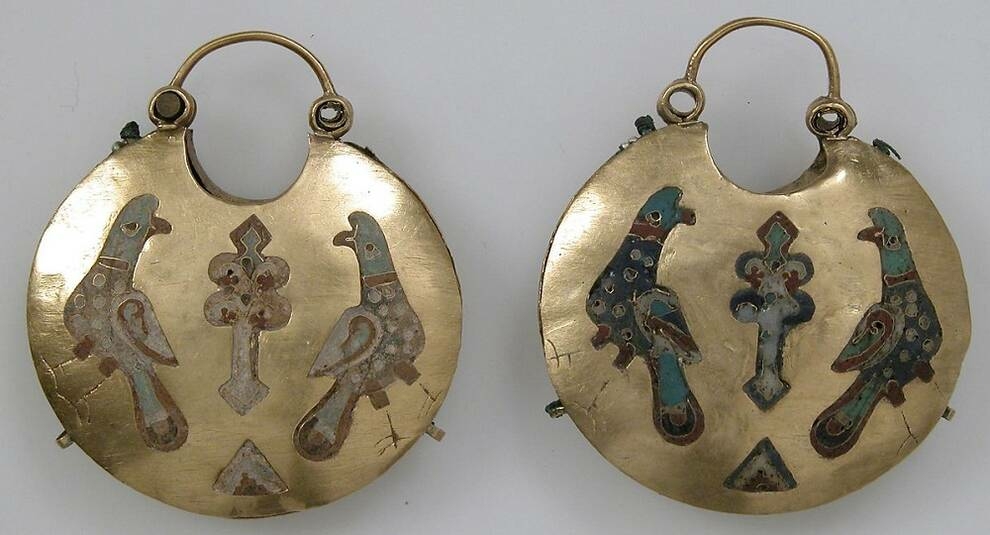
Kolts of Kievan Rus in the collection of the Metropolitan Museum of Art
In the 11th-13th centuries, one of the most common decorations on the territory of Kievan Rus was a metal pendant, known as a kolt. They fastened kolts to headdresses and decorated them in various ways: they covered them with enamel, filigree patterns, etc. Several such artifacts of the 11th-12th centuries are kept in the Metropolitan Museum of Art, one of the largest art museums in the world, which is located in New York.
It is not known what these decorations were called in those distant times. The current term began to be widely used at the end of the 19th century - researchers were based on information obtained through ethnographic research. Rounded objects were common, on which artists depicted birds, saints, and also managed to create compositions on religious themes. It is the birds that are depicted on several Kyiv decorations of the Metropolitan Museum of Art. In total, there are several dozen different stories. One of the frequently encountered symbols is the tree of life and its stages of development and parts: seeds, young sprouts, mature plants.
The kolts presented here are made of gold, later specimens were made from inexpensive metals - bronze and lead. Cheap jewelry could be bought at the market - they were used as amulets. Only after the invasion of the Mongol-Tatars did the Kolts disappear from everyday life. Look for ancient and modern jewelry at Violity.
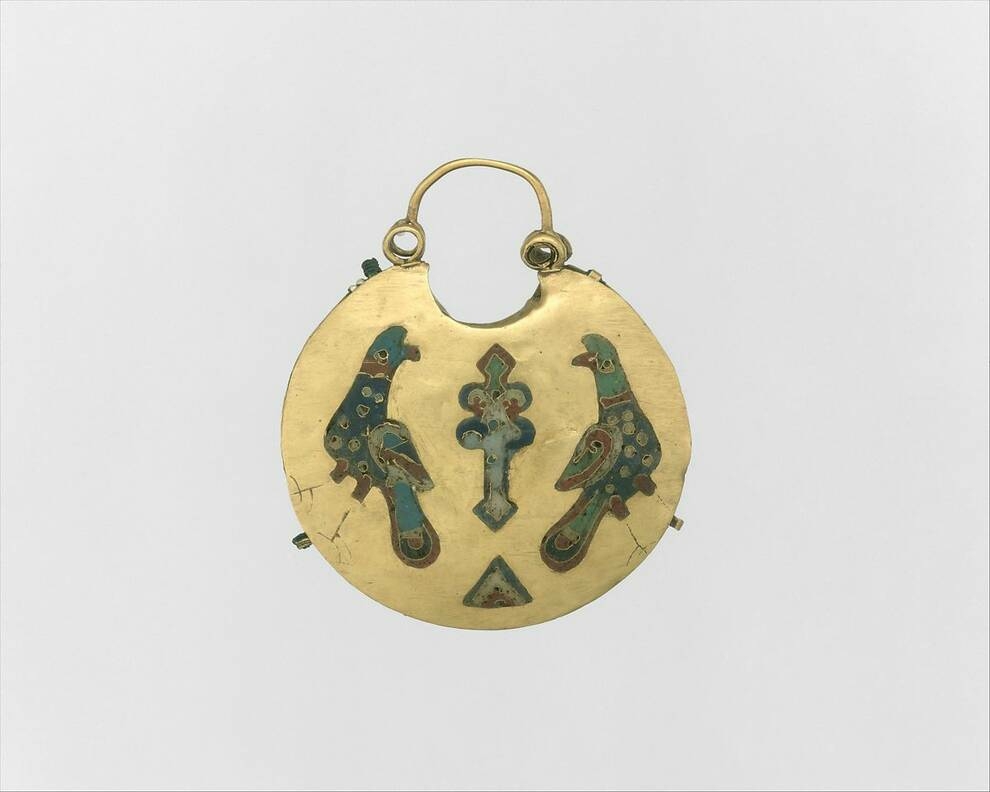
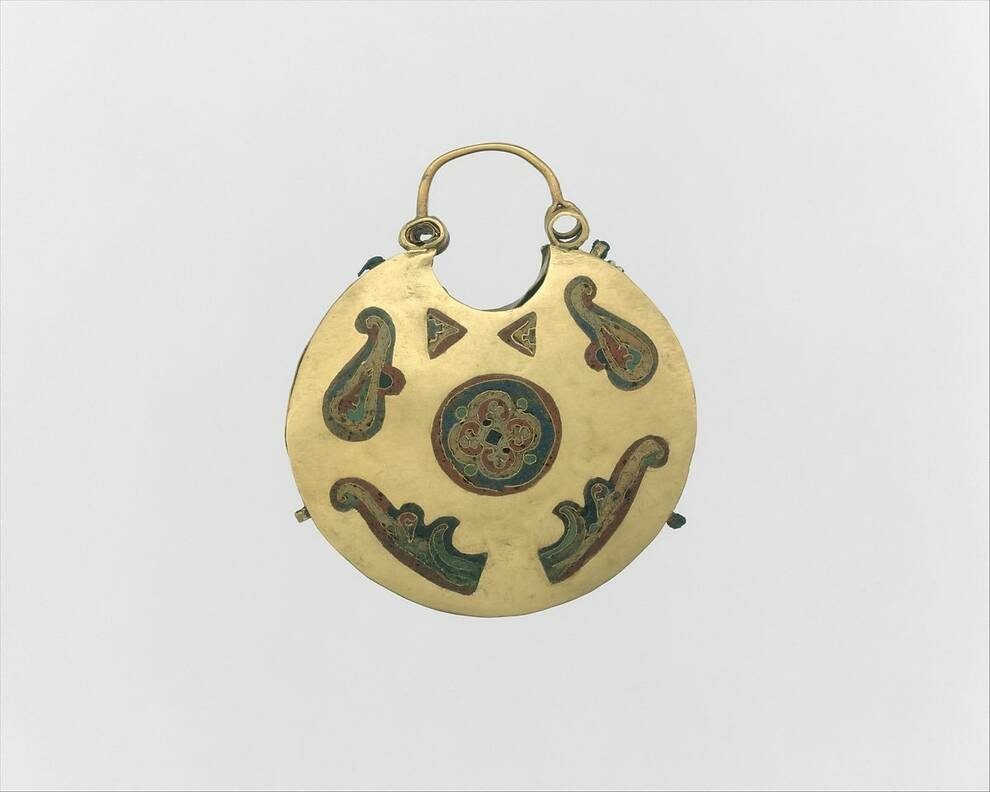

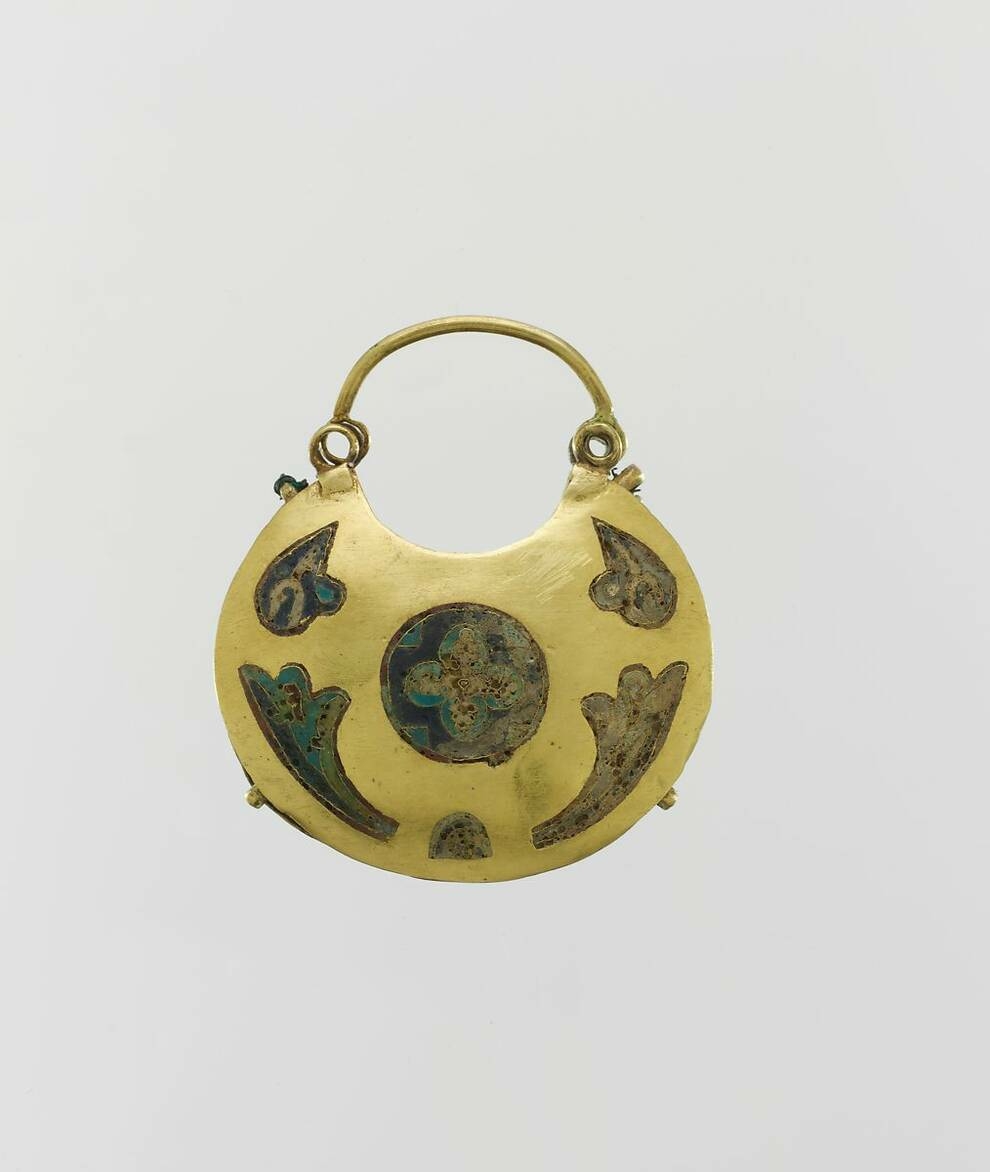
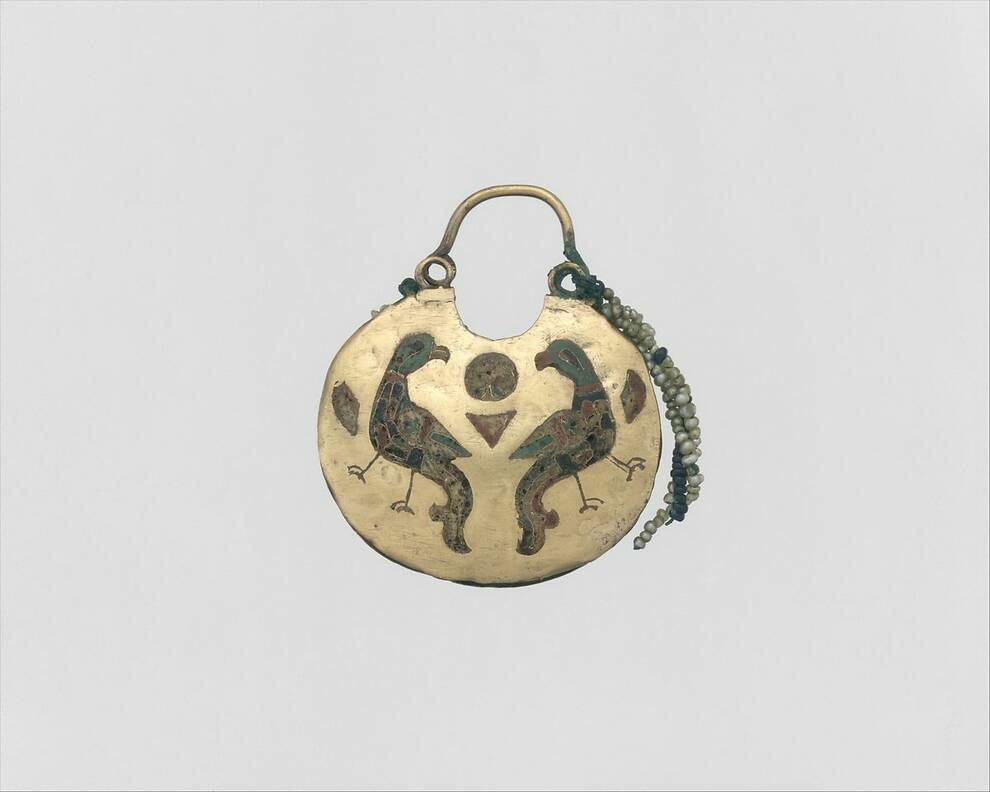
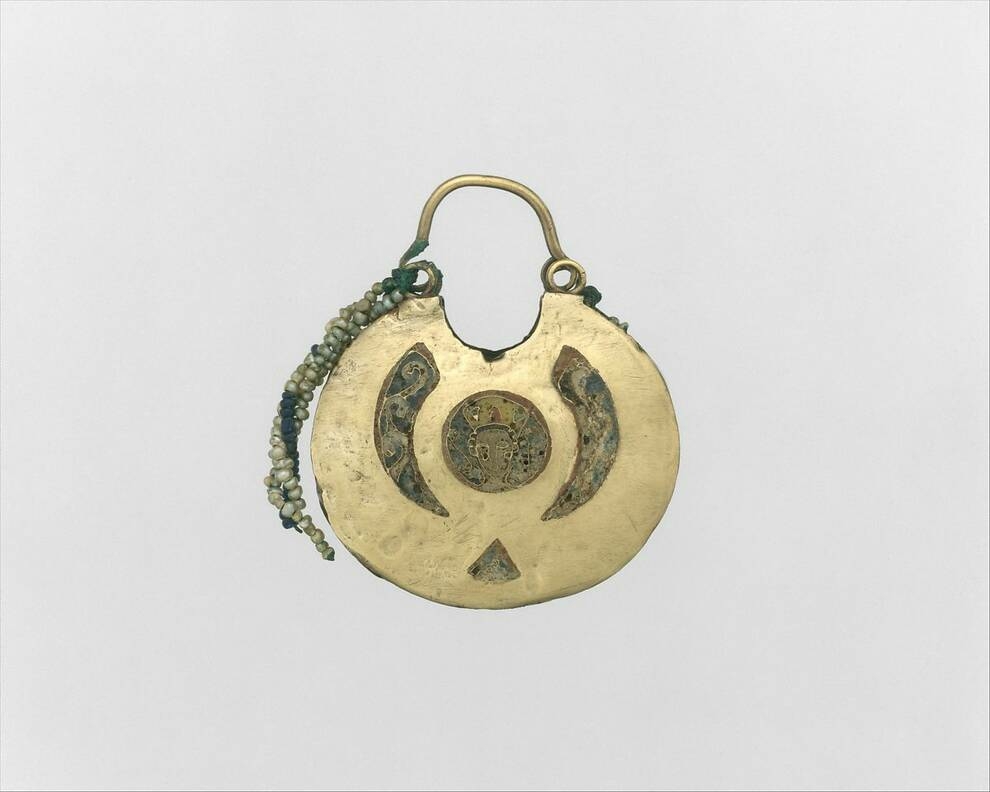
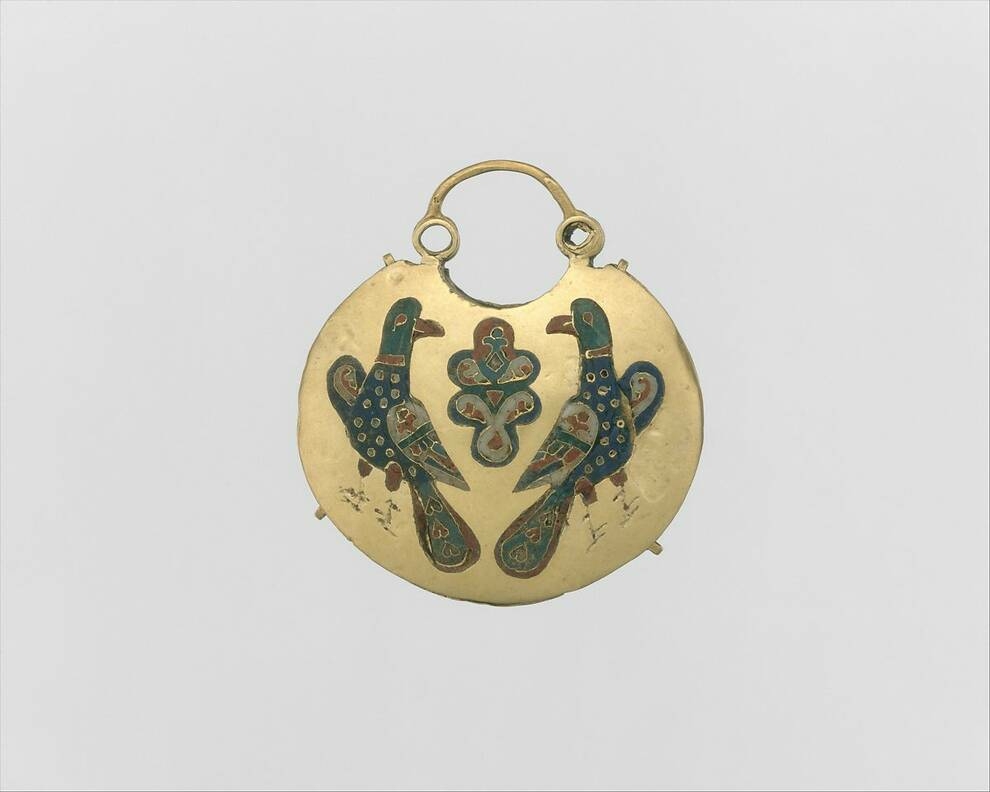
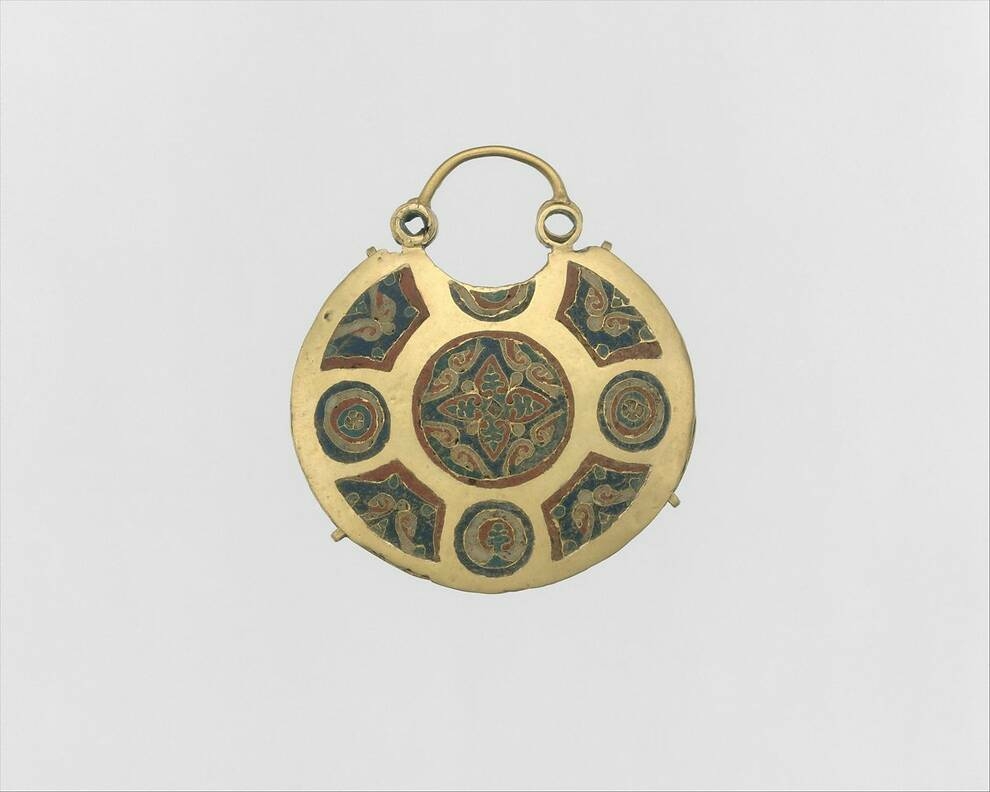
It is not known what these decorations were called in those distant times. The current term began to be widely used at the end of the 19th century - researchers were based on information obtained through ethnographic research. Rounded objects were common, on which artists depicted birds, saints, and also managed to create compositions on religious themes. It is the birds that are depicted on several Kyiv decorations of the Metropolitan Museum of Art. In total, there are several dozen different stories. One of the frequently encountered symbols is the tree of life and its stages of development and parts: seeds, young sprouts, mature plants.
The kolts presented here are made of gold, later specimens were made from inexpensive metals - bronze and lead. Cheap jewelry could be bought at the market - they were used as amulets. Only after the invasion of the Mongol-Tatars did the Kolts disappear from everyday life. Look for ancient and modern jewelry at Violity.

Photo © www.metmuseum.org

Photo © www.metmuseum.org

Photo © www.metmuseum.org

Photo © www.metmuseum.org

Photo © www.metmuseum.org

Photo © www.metmuseum.org

Photo © www.metmuseum.org

Photo © www.metmuseum.org

